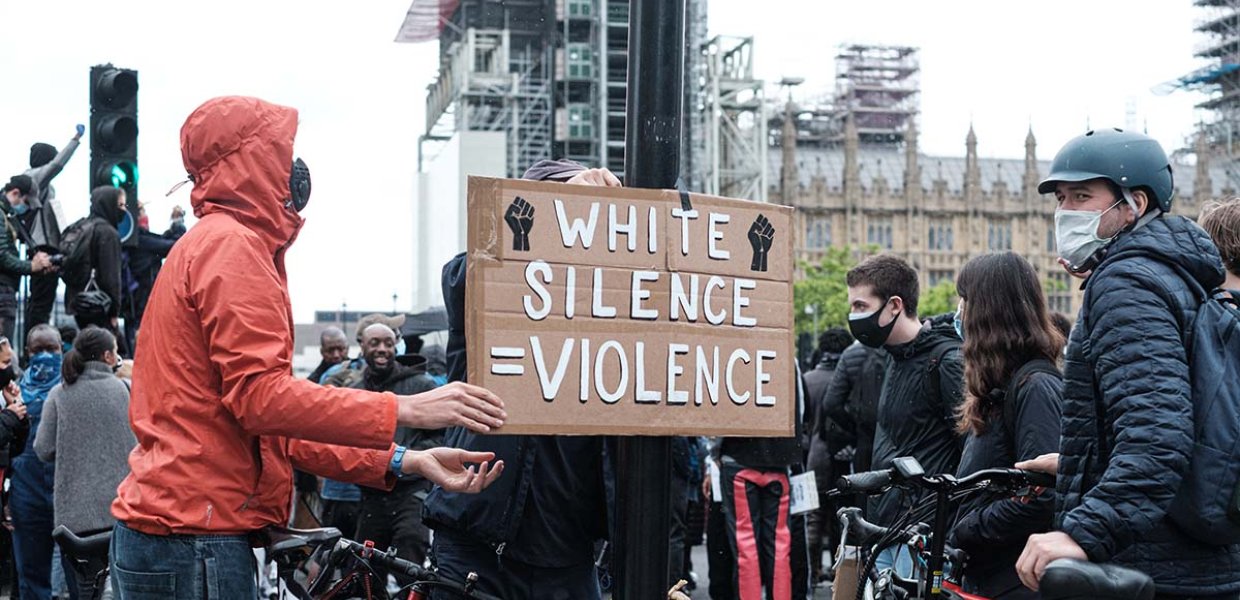It’s not a coincidence that Gen Z, those born after 1996, is leading the fight for social change. They are the most diverse generation — nearly half (48 percent) are racial or ethnic minorities, compared with 39 percent of Millennials and more than double the percentage of early Baby Boomers, according to Pew Research. They will surpass the Millennials as the most populous generation on the planet, tipping the scales, for the first time ever, away from the “mass” market.
While this is not new news, our industry has been caught unprepared. We’ve watched the racial shift from the sidelines without evolving our own staff or campaign compositions to match the profoundly diverse, $44 billion purchasing public. We’ve fallen into a comfortable sea of sameness, using phrases like “color blindness,” to prove that we were making strides against racism. But this very concept has not only left people without the language to discuss racism and examine their own bias, but it has also allowed our industry to maintain stubbornly homogenous C-suites and senior management.
This is a defining moment for agencies — to start to reflect the diverse markets we serve, to ensure our clients understand the profoundly diverse market and its changing demands, and to dismantle systemic racism. But we all know change is not easy. Here are five things to consider as we strive toward racial equity in our industry:
Racial equity is a complex journey. There are no silver bullets. No quick fixes. No talented copywriters whose words alone can make the change. It is a commitment to the long haul, to investing and to holding everyone accountable because the only way we can make progress is by doing the work.
Diverse people think and act differently. That’s the point. For decades, we’ve hired people who look and think like us. Now, we’ll miss half the world by staying color blind. Be ready to be challenged and questioned. It will happen. Often. Put your fear aside and revel in knowing that engaging diverse personalities will bring new perspectives, different problem solving and ideation that result in better campaigns and new growth.
Diversity and inclusion are not synonymous. We’ve made that mistake too many times. Even if you get diverse recruiting and hiring on track, work still needs to be done with retention. Studies and exit interviews from diverse talent have proven that we need to dedicate time and resources to establishing an inclusive culture. Mentoring, dedicated training, executive sponsorship and a true shift in power and organizational authority need to be embedded so that well-meaning commitments to diversity don’t devolve into tokenism.
There will be uncomfortable conversations. The only way is through them. Opening the floor to challenging topics encourages employees to voice their thoughts and feelings. Being heard is critical and it supports a feedback loop that can surface progressive actions that build toward a more inclusive environment.
Everyone needs to be involved. This isn’t just a leadership, HR or people of color issue. The entire organization needs to be committed to active learning, conversation and allyship.
The time is now. We can’t fall into the trap of business as usual or checking the boxes. We need to attack systemic racism in our agencies at its roots to ensure that the racial equity and inclusion work is different from anything we’ve ever done.
Deanne Yamamoto is Managing Director at Golin, Los Angeles, where she focuses on enhancing brand relevance, engaging consumers and driving cultural conversation. She is a member of the USC Annenberg Center for PR Board of Advisors.
